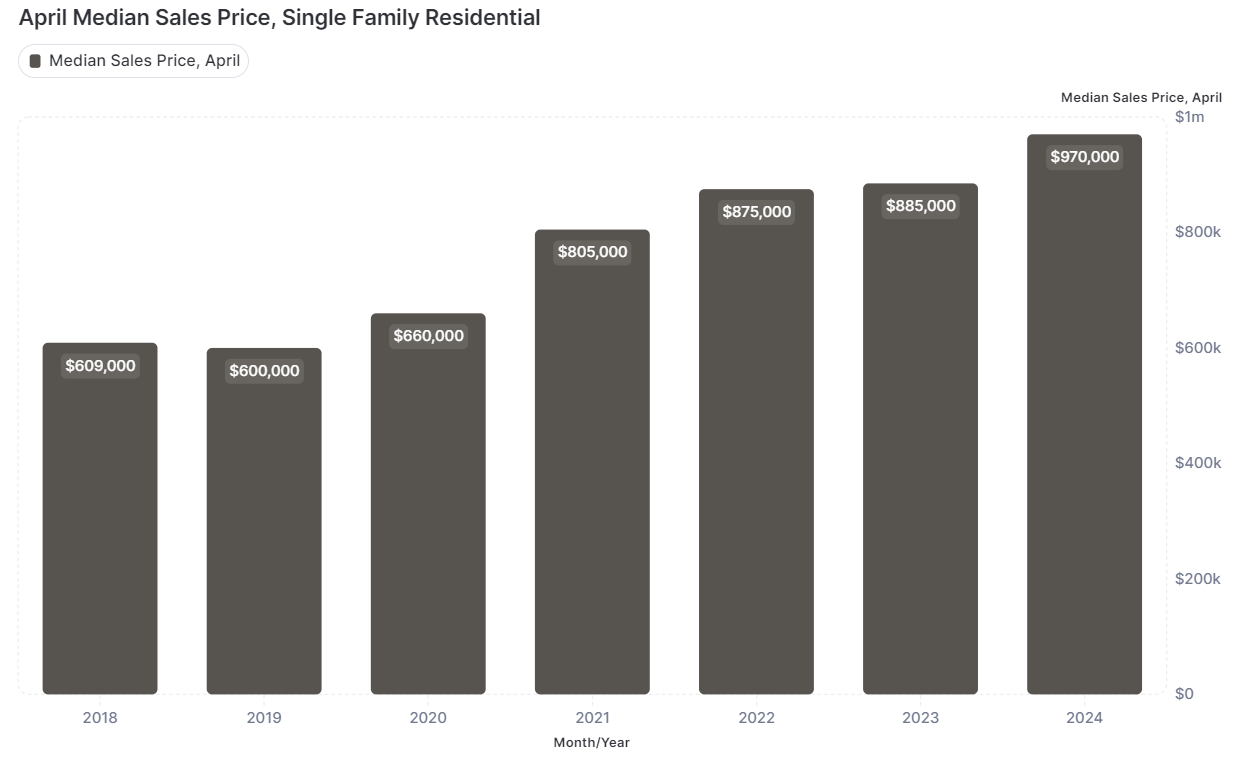Below we'll tackle the challenge of getting your home ready for sale, what to do, and what not to do.
A perfect pre-sale preparation can maximize the sales price of your home, and generate a significant return on your invested capital, and time. Preparing your home the wrong way can rob you of precious resources, and result in your property sitting on the market longer, which could lower the selling price.
Many homeowners either try to do too much or not enough when preparing for a sale. Setting too many goals can be overwhelming and hinder progress, while doing too little can prevent you from fully showcasing your property's potential.
Today, we'll outline a plan to make sure your home stands out from others on the market and attracts the right buyer.
Recently, I was visiting with family who are considering selling their home of 30+ years. The house, while solidly built and in good shape, has several common maintenance items that need to be tended to as well as interior fixtures and finishes that are older. Not to mention a number of personal items throughout the home. So, a question that begs to be answered, where to start and where to stop in preparing the home for sale?
The question above can be a difficult one to answer, one that is dependent on access to capital, market demographics, and other variables. Let's go over some principles that can guide any homeowner.
First, remember that while you may know your house well and have done some DIY projects, you’re not a home expert. The issues you think you have might not need the solutions you think they do. For example, a slow-flowing sink might not require pipe repairs but just a simple cleaning of the faucet aerator. Similarly, an issue that you think requires a relatively simple fix can in fact be more involved.
Getting your home ready for sale the right way often requires professional help. Most buyers will hire a licensed home inspector to thoroughly check your property. Why not beat them to it? Spending $500 or $1,000 on a pre-sale inspection can pay off by providing a detailed report of what needs attention.
Next - answer these questions - will someone risk hurting themselves or a loved one by operating anything at the home? Will operating something cause further damage to it or something else in the house? Health and safety items are almost always good to fix.
Other tasks, from simple ones like painting walls and changing fixtures to more complex ones like remodeling kitchens and bathrooms, require a deeper understanding of the market, competition, and sales timeline. This is where professional guidance can be invaluable. Remember, you’re not a builder or remodeler and you don’t know the ideal buyer’s preferences.
It’s a good idea to get estimates from licensed professionals for any issues found in the home inspection. Doing this ahead of time can prevent problems later. Once a home is under contract, the buyer has a limited time to get an inspection and estimates. Running out of time can put pressure on the deal, and pressure can break deals.
When it comes to personal items, less is more. Remove your belongings, including family photos and personal items. Consider staging the home if possible. Buyers can better envision themselves in your home if they don’t see reminders of you everywhere.
Selling your home, especially one you’ve lived in for years, can be emotional. But remember, this is now a business transaction. Letting emotions guide your decisions can hurt the process. Your choices should be based on what objectively works best for selling your home, not on how you feel.
Lastly, selling a home is an inconvenience. It requires time and effort, emotional stress, uncertainty, disruption of daily life, and paperwork. So, you may as well do it the right way to best reap the benefits.




